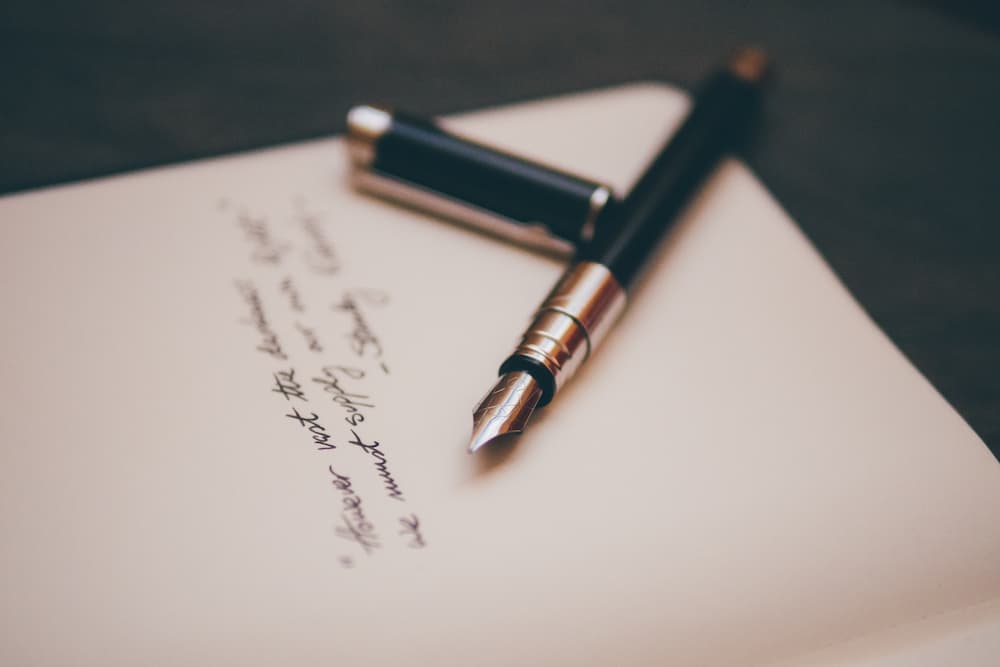The group of disabilities is considered the degree of persistent dysfunction of the body due to disease, injury (its consequences) or birth defects, and possible limitation of life. A person recognized as a person with a disability, depending on the degree of dysfunction of organs and systems of the body and the restriction of life, receives the first, second, or third group of disability.
Characteristics of Disability Groups
The I group of disability includes people with the most serious health conditions, who are completely incapable of self-care, need constant outside supervision, and are completely dependent on other people to perform vital social and household functions. Disability group I is divided into subgroups A and B depending on the degree of loss of health of a person with a disability.
The basis for the establishment of the II group of disability are persistent, severe functional disorders in the body, which lead to a significant limitation of a person’s life, while maintaining the ability to self-care and there is no need for constant supervision.
The basis for the establishment of the III group of disability are persistent, moderate functional disorders in the body, which led to a moderate restriction of life, but there is a need for social assistance and social protection.
Procedure for Establishing Disability
Persons, under the direction of a medical and preventive health care institution, after carrying out diagnostic, treatment, and rehabilitation measures have the right to apply to the Medical and Social Expert Commission at their place of residence or treatment.
Medical and Social Expert Commissions determine:
- Disability group, its cause and time of onset;
- Types of work recommended to a person with a disability due to health status;
- Medical indications for the right of a person with a disability to receive special motor transport and contraindications to driving it.
To apply to the Medical and Social Expert Commission, you must first write a letter of disability and collect other necessary documents. Below we will explain in detail how to write a disability letter for a friend.
Algorithm for Writing a Disability Letter for a Friend
By following the algorithm below, you will be able to write a great disability letter without any difficulty:
- Provide personal information. The disability letter must be written accurately and correctly. It should not contain errors. The first thing to include is personal information such as first name, last name, residential address, and telephone number. You can also add other contacts for communication, for example, an email address, etc.;
- Start with a personal appeal and state the reason for writing your letter. You don’t have to create a long introduction and write about something irrelevant. It is important to clearly state the reason why you are creating the letter;
- Provide information on disability. When the introductory part of the letter is complete, you should move on to writing the main part, that is, providing information about the disability. It is important to indicate the name of the disease, when it was first identified, what examinations were carried out, etc. It is recommended to attach the results of examinations confirming the disability;
- Tell about the specifics of doing different works. You definitely need to tell in detail about how various work is done, both professional and non-professional (housework, gardening, etc.). This will allow the expert commission to get a complete picture of which disability group should be assigned and which assistance should be provided;
- Summarize the importance of the attached documents. Do not forget to inform that you are attaching a number of documents (medical examinations, results of analyzes, etc.), which are proof of what was discussed in the letter. Ask the expert committee to carefully study them and pay attention to all the doctors’ conclusions;
- Write the final part of your disability letter. The final part is a very important part of any official document, including a disability letter. It is important here to express gratitude for the time spent on reviewing your application, and also ask the expert committee to provide an immediate response.
Disability Letter Writing Tips
By following the above algorithm, you will definitely be able to write a good disability letter for a friend. Here are some other valuable tips that you may find useful:
- A disability letter should be dedicated to one question. Regardless of whether a document is simple or complex, it should not contain thematically heterogeneous, logically unrelated information;
- The document should be as compact as possible. So, the author should concisely state the essence of the matter, without retelling the general provisions in the introductory part;
- It is important to give decisive arguments, supporting considerations with the most significant facts or figures.
Take these tips into account and write a disability letter for a friend without any difficulties!



